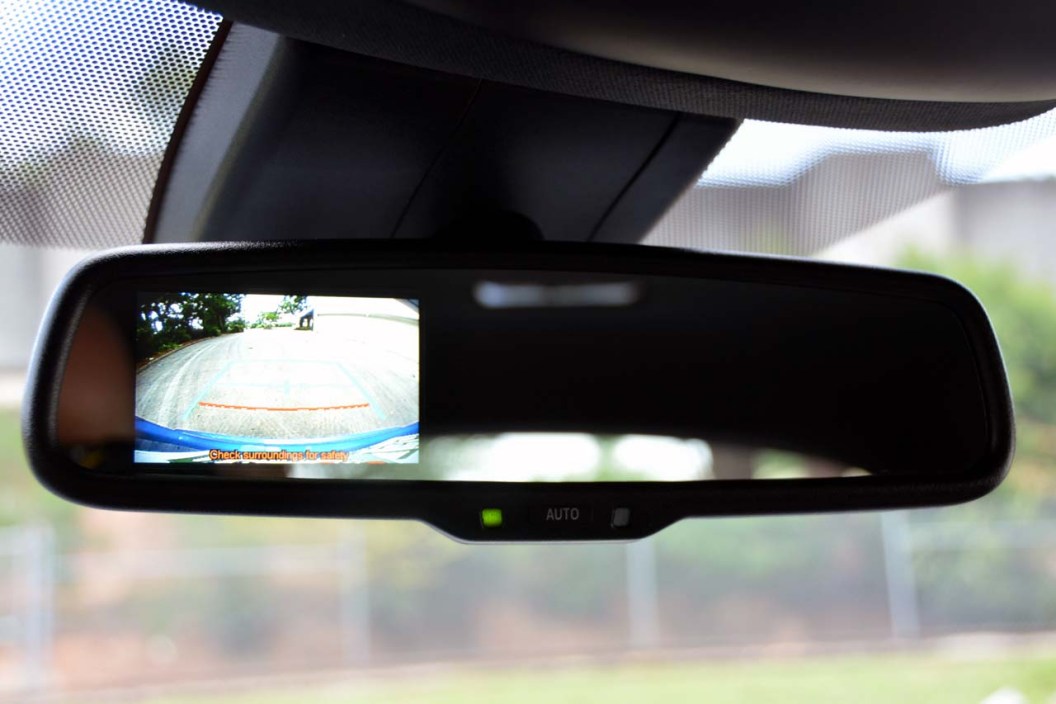Like seat belts and airbags, backup cameras are the latest safety device to become required equipment thanks to the Federal Motor Vehicle Safety Standard 111 (FMVSS 111).
Starting May 1, backup cameras are now required on all new vehicles weighing less than 10,000 pounds, which means one less option box to check off when buying a new car.
Although most new cars, trucks, vans, and SUVs now offer backup cameras as an option and quite a few already come standard with the helpful technology, the law ensures that new vehicles are even safer.
In 2014, the National Highway Traffic Safety Administration (NHTSA) passed FMVSS 111, which went into full effect this month. Of course, some backup cameras are more advanced than others offering a bird's eye view and even adjustable views, but the minimum requirement is that they must display an area 20 feet long by 10 feet wide directly behind the vehicle. And it must come on automatically when the vehicle is shifted to reverse. The 2018 Toyota C-HR rearview mirror (shown above) is one of the most basic yet still effective camera displays on the market.
This new regulation was introduced as part of the Cameron Gulbransen Kids Transportation Safety Act of 2007 (or the K.T. Safety Act), and the whole point of requiring such technology is to make cars safer to operate.
According to a NHTSA study, there are an estimated 210 fatalities and 15,000 injuries from backover crashes each year, and the majority of those are to kids or the elderly. Of the fatalities, 31 percent are 5 years old or younger, and 26 percent are 70 years old and older.
NEXT: VOLKSWAGEN I.D. R PIKES PEAK IS READY TO RACE TO THE CLOUDS
WATCH




